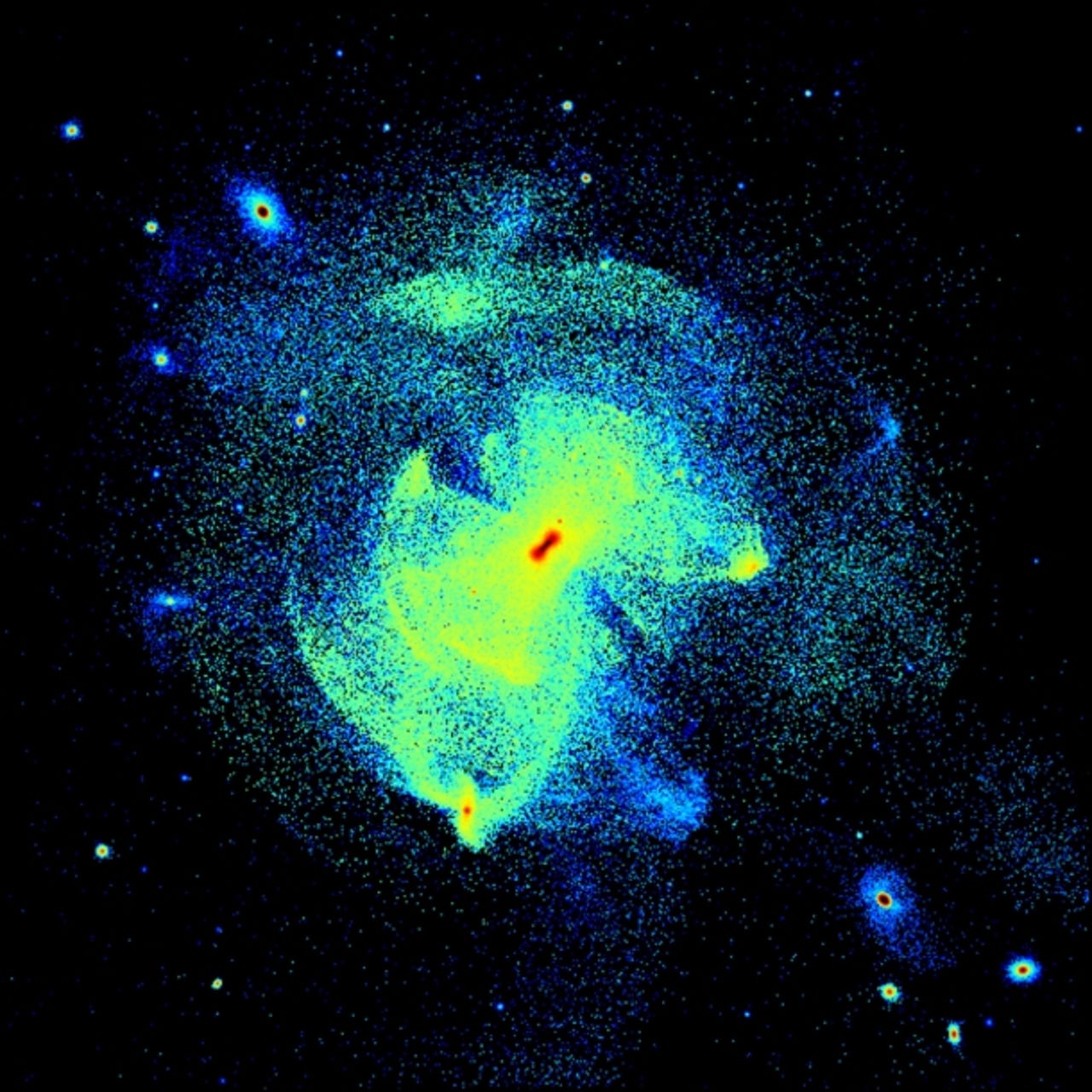Photos: Digital galaxies and the supercomputers behind them


Inside the Institute for Computational Cosmology
This galaxy pictured is not made of white hot stars and gaseous nebula but is composed of bits and bytes of digital data.
The galaxy, which is similar in structure to our own Milky Way, is one of many that have been created inside the supercomputing cluster at the Institute for Computational Cosmology (ICC) at Durham University.
The institute runs computer models of how galaxies are created and their structures evolve over billions of years.
The institute relies on a main supercomputing cluster, seen here, which is composed of about 800 AMD processor cores and 1,600GB of memory to run the cosmological models.
Even with the combined power of 800 processors at its disposal the institute still has to simplify its cosmological models to get them to run on the 64-bit processors within the cluster.
By December this year the institute will have upgraded to a new £1.6m cluster, which will have a much more powerful processing capacity and be able to transfer data between processors more quickly than the existing supercomputing cluster.
Due to the large amounts of data generated by the computer models the institute is constantly having to delete data to free up space on its 300TB storage array, a quarter of which is seen here.
Pressure on storage will be eased by the 500TB of additional storage that will be fitted when the institute's new computing cluster is installed.
Photo credit: Institute for Computational Cosmology
The computer simulation that produces the greatest amount of data is the one dedicated to modelling the effect of dark matter on galaxy formation.
Seen here is the reverse of the array.
Photo credit: Institute for Computational Cosmology
This is one of the older supercomputing clusters used by the institute.
The Quintor cluster was installed in February 2004, and has 512 Sun UltraSparc IIIi 1GHz processors and 576GB of memory.
To find out more about the work that the institute does read our interview with institute researchers here.
Photo credit: Institute for Computational Cosmology